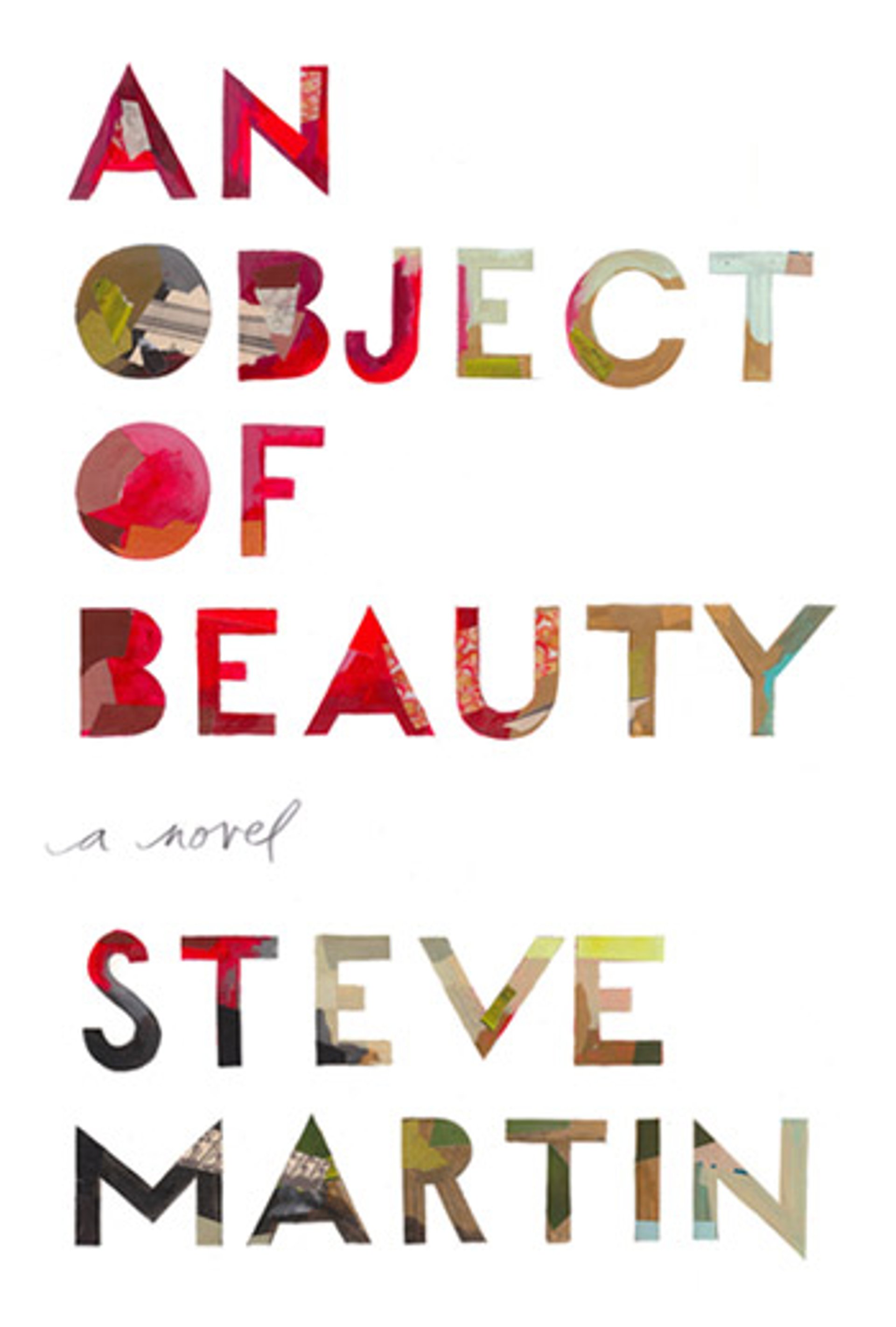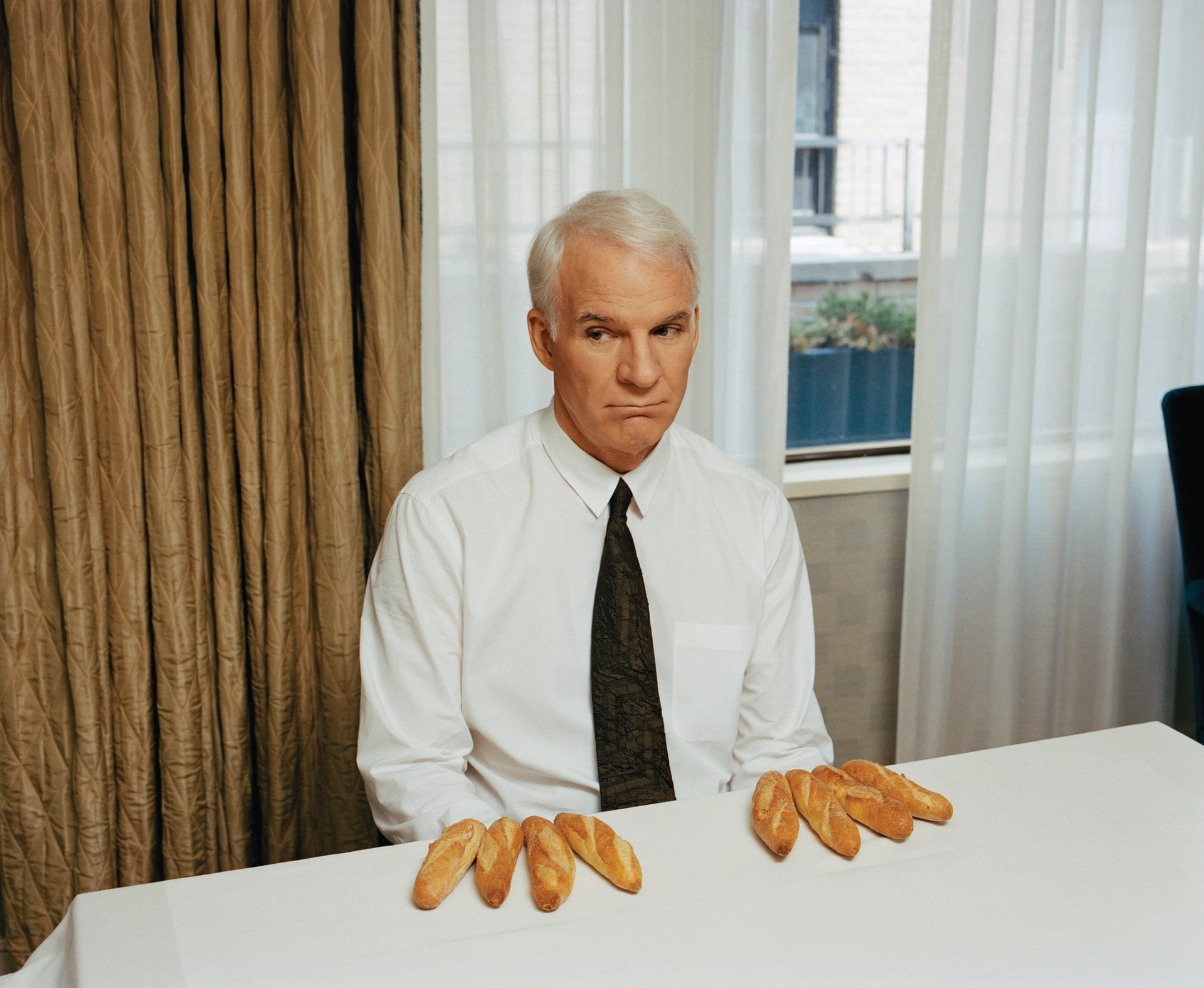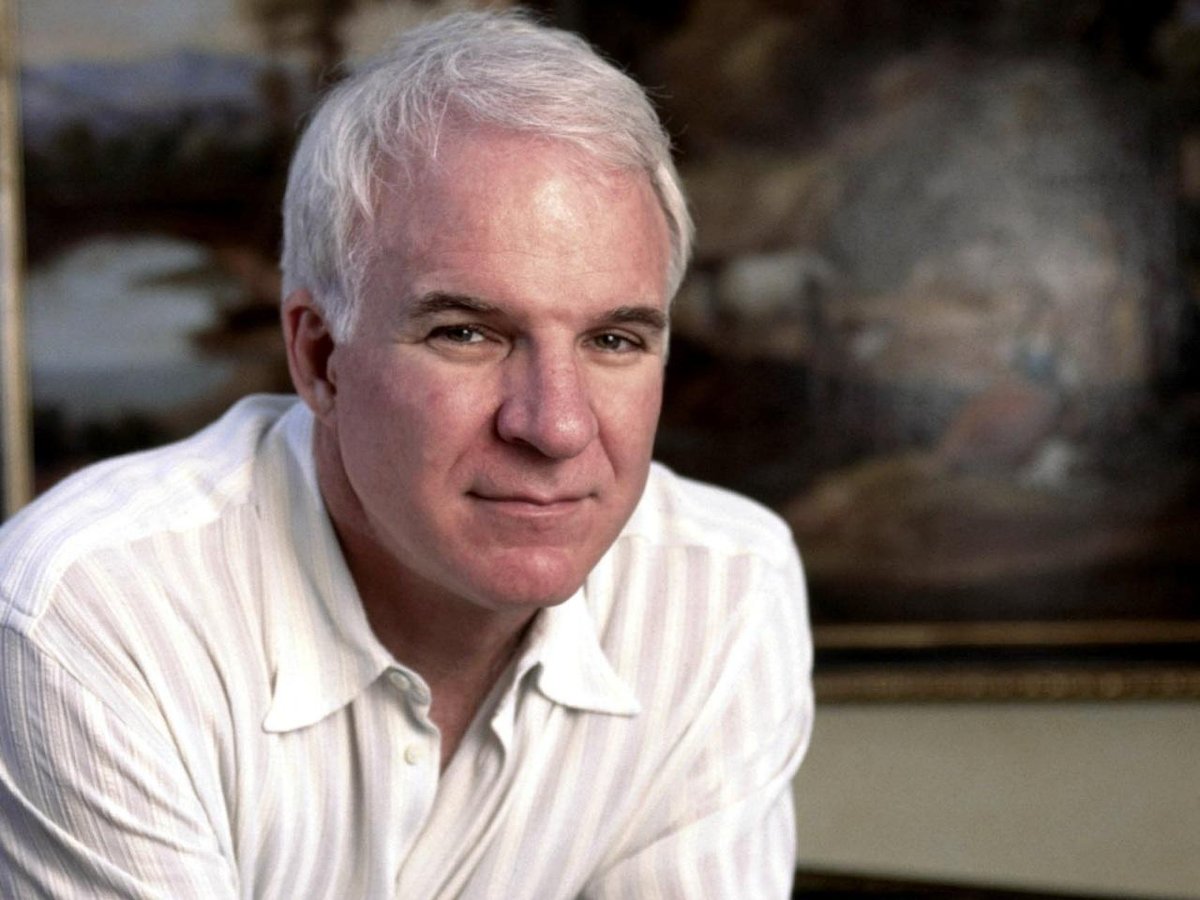Steve Martin knows his art. The actor, writer and comedian bought his first print by Ed Ruscha in 1968, and his collection now includes works by Picasso, Edward Hopper, Hockney and De Kooning. His latest novel, An Object of Beauty (available in hardback from 23 November), follows the rise and fall of the art market in New York over the past two decades through the story of Lacey Yeager, an ambitious young woman who goes from the basement bins of Sotheby’s to running her own gallery in Chelsea. Martin—who is simultaneously on two tours this month, playing the banjo with the Steep Canyon Rangers and promoting his book—shares his love of art, his thoughts on the commercial side of things and why museums are important.

The Art Newspaper: Is this your longest novel?
Steve Martin: Yes it is. I was determined to write a longer book, that’s why I covered so many years.
TAN: It’s clear you know a great deal—there are in-jokes and characters that are immediately familiar. Why did you choose to focus on the art world?
SM: I’ve been involved with the art world for a long, long time, since my early 20s, and I’ve kind of seen it from the inside out. I was a collector—still am, not as avid as I once was—and I’ve known artists. In fact I have many friends in the art world. I’ve always been fascinated with it: with the art and with the art world, and sometimes they overlap [laughs].
TAN: It’s not very well known to the public—why did you think this behind-the-scenes look would appeal?
SM: I didn’t think of it that way, it just appealed to me. I hate to start writing about something and be lost, and I didn’t think I would get too lost. There were some areas I knew I would have to research, one of which was contemporary art, because my experience is in everything but. I know a lot of contemporary dealers so I conducted some research there.
I own a couple of Seurat drawings that I love and one of the paintings in the book, the Morandi
TAN: So your interest is earlier art?
SM: My experience is with early 19th-century and 20th-century American art, abstract expressionism into minimalist and sort of beyond. The things I love are not necessarily those things. Those are just things I studied up on, dealers I met, and [works that] were available. The other world is just not available, you know, impressionism and all that. Personally, I own a couple of Seurat drawings that I love and one of the paintings illustrated in the book, the Morandi.
TAN: You’ve got a number of collectors as characters in the novel, and you describe collecting as a “raw lust”, a “mania”, and “a lunacy”. Is that what collecting is like for you?
SM: I’ve gone through every kind of phase. It’s different things at different times. There are different types of collectors described in the book and I think every collector is different. But I’ve never met one who collects cynically. I know there are those out there, but I’ve never met one.
TAN: You mean ones that don’t actually care about what they’re buying?
SM: I mean just buying to be cool, or purely for investment. They must exist but the people I know aren’t like that.
TAN: When the novel’s main character Lacey first sees a Warhol, you describe her as “suspicious and not impressed” by the artist. But then later on she is really struck by one of his “Flowers” series and ends up buying it. Have you ever had this kind of a reaction to an artist?
SM: Oh, many times, certainly. Arthur Dove is one. In fact, I heard a quote—I should ask him to find out if it's true, but it sounds true—by Ed Ruscha. He said: “Bad art, you look at and you say: ‘Wow! Huh?’ Good art you look at and you say: ‘Huh? Wow!’”
TAN: So you think this kind of slow build is important?
SM: I do, because my experience with what I’ll call good art is that it keeps giving and giving and giving. Anything that gives immediately [however]… That’s not to say that good art doesn’t do that too, it’s just not going to give it all away in the first five minutes. I have grown to like many artists. Like Twombly, it took a couple of years to come over and then realise: “Oh, the guy’s a genius.”

On a roll… Steve Martin tries his hand at many different forms Photo: © Chris Buck/Corbis Outline
TAN: At one point in the book you say: “There is art in Los Angeles that rivals New York’s but to see all of it you would need General Eisenhower to plan the attack.” There’s been a lot of talk recently about LA becoming an art mecca. Do you think that it could turn into that?
SM: Well I think it already is [an art hub]. You’ve got the Norton Simon Museum, and the Huntington Library and between the Getty, and Moca and Lacma, why do you have to keep building more and more and more? Admittedly, MoMA, the Guggenheim, the Whitney and the Frick are fantastic museums. But the Norton Simon is almost an unknown museum with multiple masterpieces. It has an unbelievable masterpiece by Dieric Bouts, who’s a 15th-century painter, it’s got one of the great Zurbarán still-lifes, it has Van Gogh, Cézanne and Degas. It’s enough that you could go there and say: “OK, I’m tired now. I don’t need to see any more masterpieces now, until tomorrow.” It’s worth the trip to LA. But I don’t care where great art is, I don’t care if it’s LA, I’m not a cheerleader. If LA becomes an art hub that’s fine, if it doesn’t that’s fine too.
Going to museums, even just as a traveller, is a great thing to do
TAN: You talk about visiting museums as a young comic on the road in your autobiography, is that something you've always enjoyed doing?
SM: Well, when you're doing a show at night, there's a lot of time during the day. And going to museums, even just as a traveller, is a great thing to do. It's not like seeing sights, you can do that in HD video and sort of get the same effect. But going to a museum, you really become smarter. I remember we went to the Prado [last year] and coincidentally there was a Francis Bacon show. I can't remember why we were in Madrid but what luck to stumble upon such a masterful show. To have a background and knowledge of Francis Bacon--we happen to own a nice Francis Bacon that I’ve had for 25 years--and just to see the scope of his work and get the big picture in, what, 40 minutes? I thought it was a great show.
TAN: At the beginning of the novel, Lacey joins Sotheby’s and she starts looking at paintings differently, judging them by what they could achieve at auction. You say “…her toe crossed ground from which it is difficult to return: she started converting objects of beauty into objects of value.” Do you think this is something dangerous that happens in the art world?
SM: No I don’t think it’s dangerous, I think that’s something that happens in every field of the arts where there’s a commercial side. [In] theatre, [in] opera, they say: “Oh what a beautiful opera! Now how do we pay for it?” But it’s not an evil. It actually makes the horserace, it’s part of the fun.
TAN: You said you don’t have a lot of experience in the contemporary art world…
SM: I have some. I gave up when the competition became so stiff that you couldn’t even get a phone call returned. And there was no time, you had to act so quickly, I wasn’t used to it. So I just gave up.
TAN: You showed a selection of works from your own collection in Las Vegas in 2001. Do you have plans to do another show?
SM: No. I wrote a little book about [the exhibition], and I tried to explain why I did it. I got down to the conclusion, which was: I thought it would be fun. It raised funds for my charitable foundation, and it was quite fun. But my collection is not coherent.
TAN: So no plans to join your fellow collectors and set up your own museum?
SM: Oh no, absolutely not. I’d rather spend the money on buying another painting [laughs].


